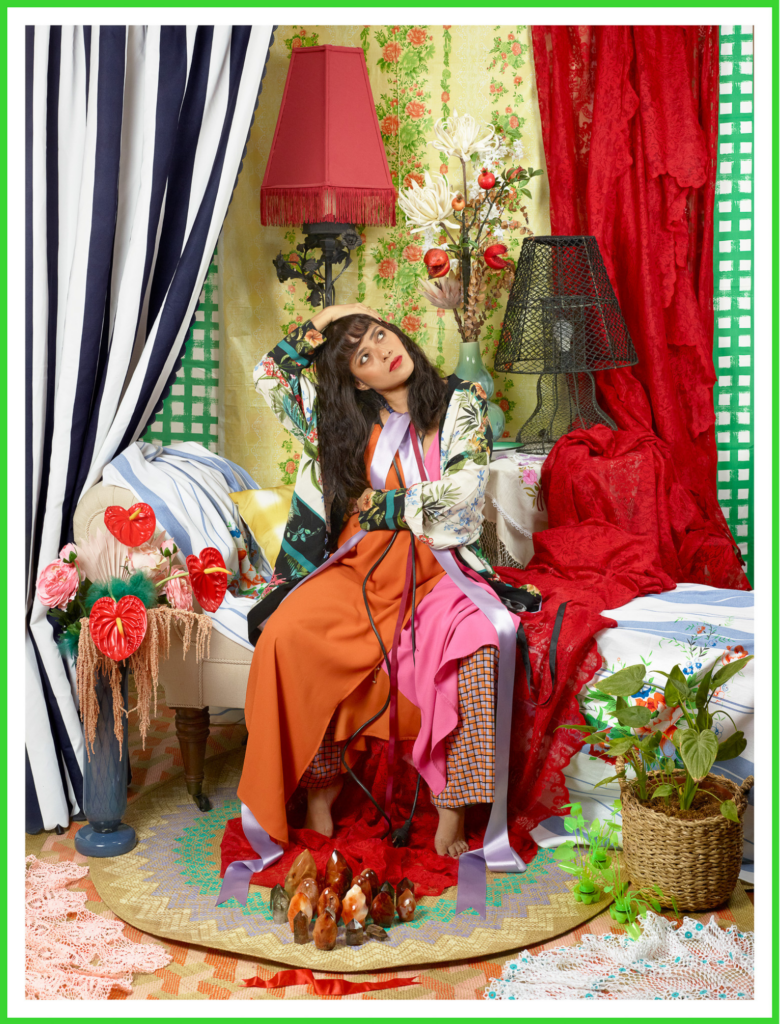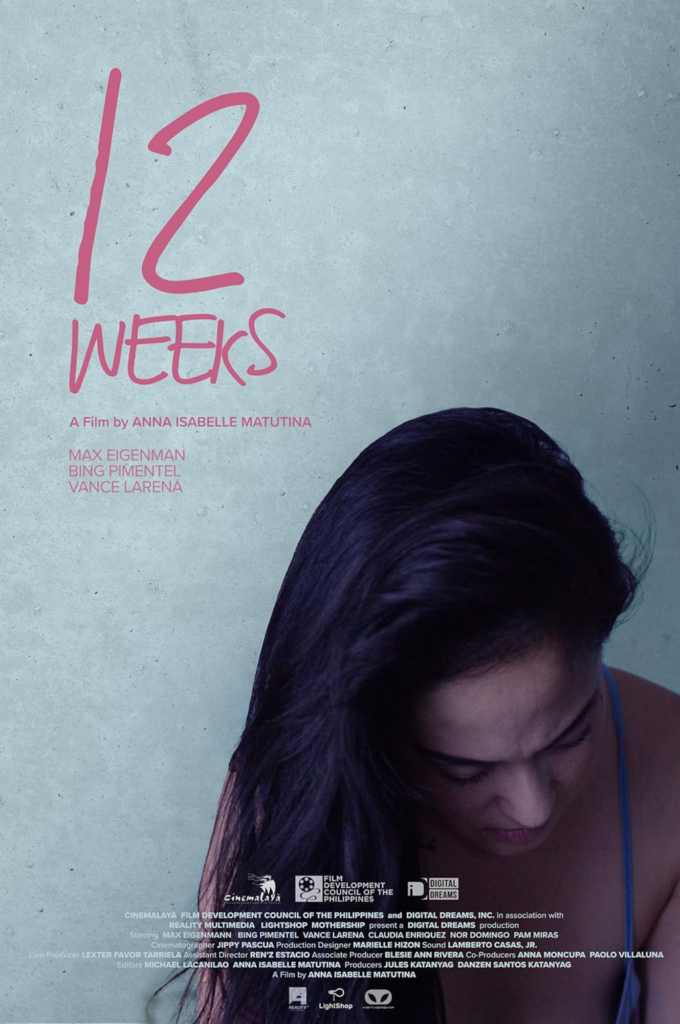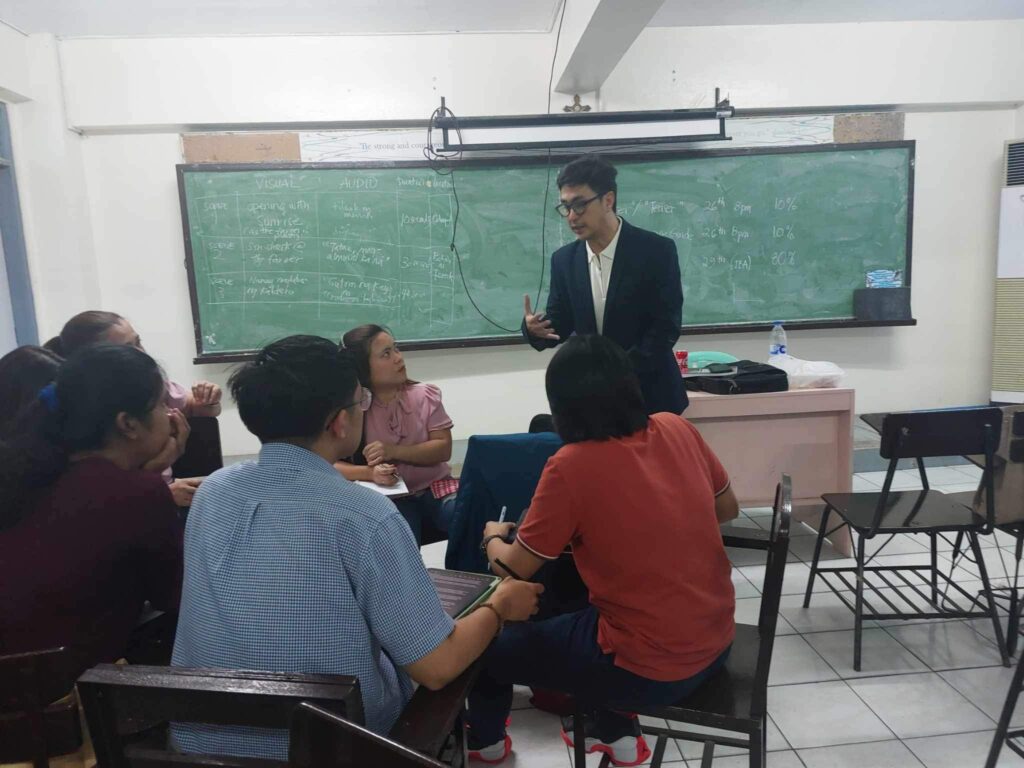Development of an Online Report Management System for Local Government Officials and Residents (e-Reklamo)
Abstract This paper details the development and implementation of an online report management system, referred to as “e-Reklamo” system, to help the local government constituents’ express views, disputes, and complaints in the form of online reports reach the authorities. The primary target end-user of this system is the “barangay” – a smallest geographic, administrative, and political unit in the Philippines. Barangay, a small territory of a city or municipality, is governed by a council, locally called as “Sangguniang Barangay.” Its primary function is to plan and implement government policies and programs in the community. With the e-Reklamo, officials can quickly respond to the concerns of its residents, hence providing a more convenient way to send reports and receive immediate feedback or actions. Through the created Android-based mobile application, reports can be created and sent to the admin website for the barangay official to respond. It includes features such as a chat system, locator using Global Positioning System (GPS), and image sending, to assist barangay officials in acquiring more accurate information on reported cases. Application trials and testing, and end-user surveys were conducted to evaluate its functionalities and features. This resulted to an overall satisfactory rating from the respondents on their experience with the mobile application and its admin website. Keywords: admin website, barangay, mobile application, online reporting, web application Introduction A barangay is the smallest and primary administrative and political unit of the local government. Ranges of activities and events happen in the barangay that affects the lives of each citizen. There may be quarrels, squabbles, crimes, or even problems that concern the community in general. According to Mr. Reynaldo Roxas, Chairman1 of Barangay 757 in the City of Manila, under the administrative district of Sta. Ana, they do not have an online for their residents to report their concerns and problems. Most of which are gathered reports received in their offices or relayed through barangay officials2 roaming around the barangay. In case that all barangay officials are engaged in addressing the needs of their constituents, or if they are limited with the number, they will not be able to take reports from the residents. Instead, they will have to wait for the officials to be present simply to report. The employees of the barangay are at times faced with large numbers of reports and a day can simply not be enough for the employees to sort and file all the reports which can stack up. This in turn will make it harder for the barangay to take action with regard to the reports. Some reports may be simple but unsolved because the officials do not know about it yet. Some could be getting worse by the day as it does not take any action making the situation worse than it already is. Reporting incidents, such as crimes, consumes time and effort and sometimes is ignored (Imus, Magloeo, Soriano, & Olalia, 2018). The inconvenience created by this long and tedious procedure tends to result in the resident turning a blind eye to the concerns in their barangay and often can lead to issues not being resolved. Reports that are ignored can become a big issue down the line and might even affect the entirety of the barangay if not resolved. Reporting systems can be a cornerstone to improving the overall condition of an organization. There are systems created to help track individual incidents and responses over time and helpful for common people, government organizations and different societies (Priya, Srivastava, Islam, & AMIT, 2019). Local Government Units (LGUs) have started to deploy technological solutions to further improve the efficiency and effectiveness of management and delivery of services to its residents (Garcia, 2021). The Butuan City Police Office or BCPO had the iPolice Information System – developed to help the BCPO personnel with solutions to solve the problems they are experiencing and make the response time better. The developed system used Rapid Application Development (RAD) as a development methodology along with Agile Prototyping as an approach. The International Organization for Standardization (ISO) together with the International Electrotechnical Commission (IEC) integrated models so that software quality of such a system can be measured (Bustillo, Patrimonio, & Mateo, 2020). Another application was evaluated and got good results for evaluation as it is very usable for its portability and ability to report crime covertly from a mobile phone (Sakpere, Kayem, & Ndlovu, 2015). A good management reporting system is the foundation of a successful strategy for execution of plans in running an effective local government (Knutson, 2018). People tend to ignore or avoid reporting to the authorities incidents, and the response time of police officers to a report, including verification of report, are the other challenges that (Ocay, Trecenio, & Mairina, 2016) have been enumerated in their research. For the barangay citizens conveniently create and send incident reports to barangay authorities, e-Reklamo3 has a mobile application to create and send detailed information proposed to offer a faster and time-efficient reporting and filing of incident reports or complaints. The mobile application will categorize the reports received and will help record the reports more easily for the barangay personnel. The mobile application will also help encourage residents to become more responsible residents, hence enabling the barangay to be more alert and ready to respond to a report at the soonest time. Figure 1 illustrates the input, process, and output of the proposed system. Figure 1 Barangay Reporting System Conceptual Framework The general objective of this research is to develop a system for the people of the barangay to send reports and barangay officials to manage and respond to the reports. In addition to this, it aims to (1) enable the people of the barangay community to conveniently report issues of the barangay, (2) create a user-friendly system that is accessible to job orders and records, and (3) to provide a time efficient reporting system. While being constrained by these factors, the scope of the application would be one barangay only, when one or more




